
 "
"

 "
"
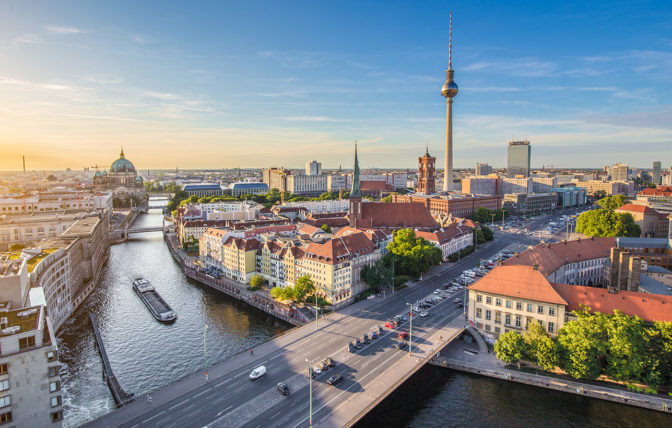
Berlin, the capital of Germany has a rich history stretching back through the Cold War, the two world wars to the 20s and beyond. The city lies at the heart of the North German Plain, athwart an east-west commercial and geographic axis that helped make it the capital of the kingdom of Prussia and then, from 1871, of a unified Germany.
Today it is the second largest city in the European Union after London. However, Berlin is surprisingly affordable when compared to other larger European cities.
For this article, we’ve put together 5 attractions in Berlin which every history buff must visit. Expect to have an experience of a lifetime and to spend countless hours wandering around, reading up on historical anecdotes. As Germans say, “Los geht’s!”
1. Checkpoint Charlie
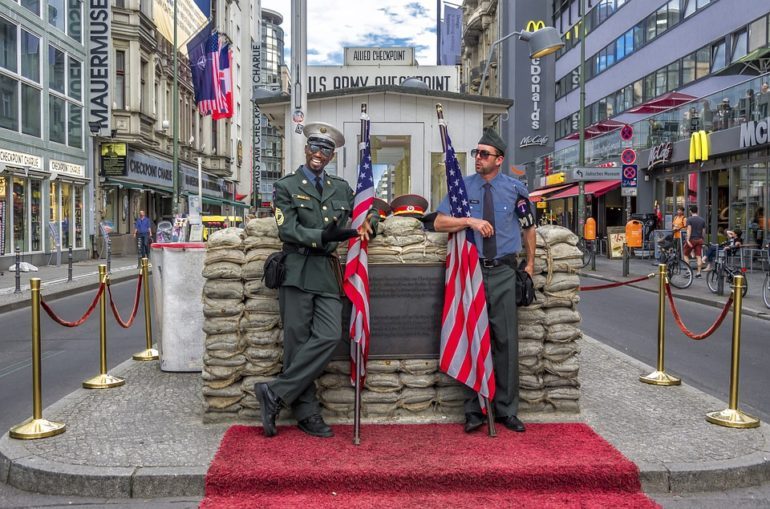
Checkpoint Charlie is a symbol of the Cold War, representing the separation of East and West. Soviet and American tanks briefly faced each other at the location during the Berlin Crisis of 1961. The infamous Allied guardhouse was officially closed after nearly 30 years.
The location has been featured in multiple movies including the 1965 film “The Spy Who Came in from the Cold”.
2. Museum Island
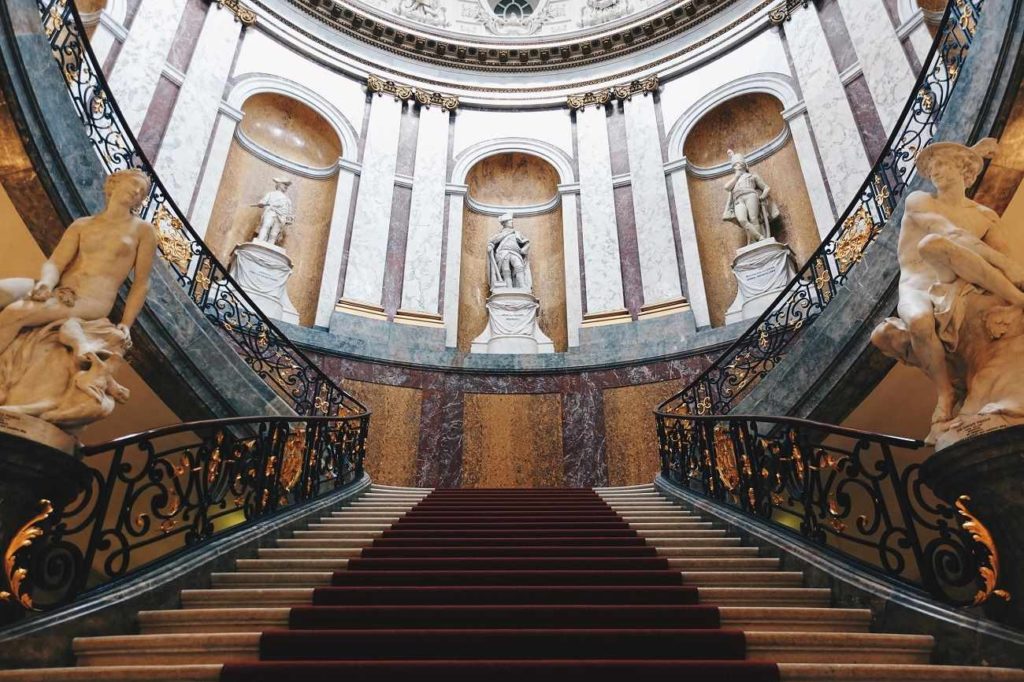
Berlin’s Museumsinsel (Museum Island) is a unique ensemble of five museums, including the Pergamon Museum – built on a small island in Berlin’s Spree River between 1824 and 1930. From Egyptian collection with notable pieces such as the famous bust of Queen Nefertiti and entire historical buildings such as Ishtar Gate of Babylon, you can expect to find mesmerizing antiques in this UNESCO World Heritage sight.
3. The Reichstag
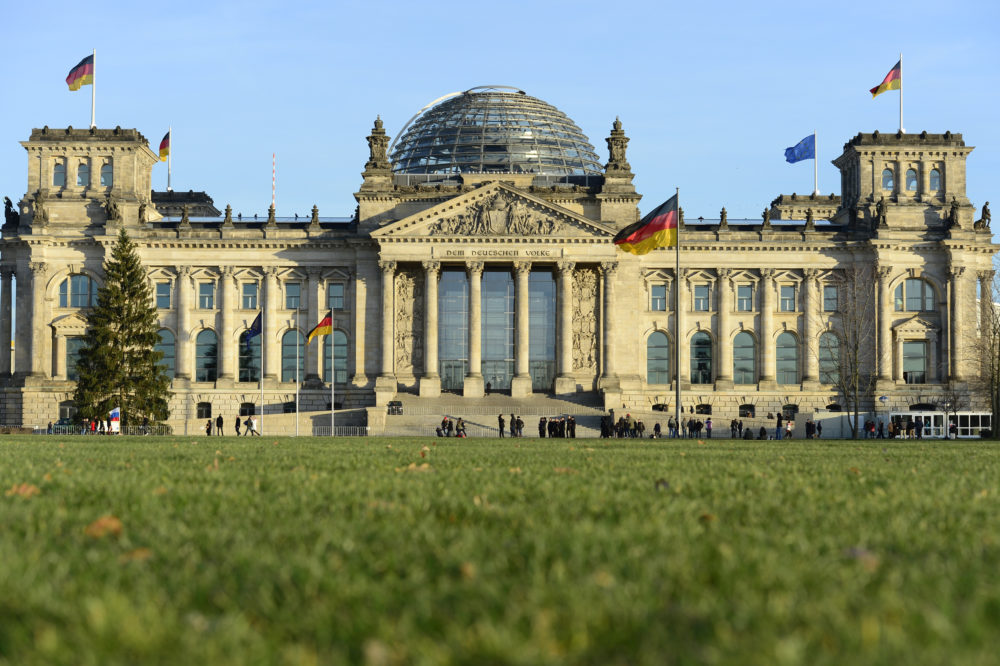
Reichstag, building in Berlin that is the meeting place of the Bundestag (“Federal Assembly”), the lower house of Germany’s national legislature. One of Berlin’s most famous landmarks, it is situated at the northern end of the Ebertstrasse and near the south bank of the Spree River.
Nowadays, the Reichstag functions as the seat of the German federal parliament. The original Reichstag building was designed in 1884 by architect Paul Wallot. In 1894 the building opened to be the Reichstag of the German Empire. After 1918 it became the parliament of the Weimar Republic.
4. Take an elevator to the top of the TV Tower at Alexanderplatz
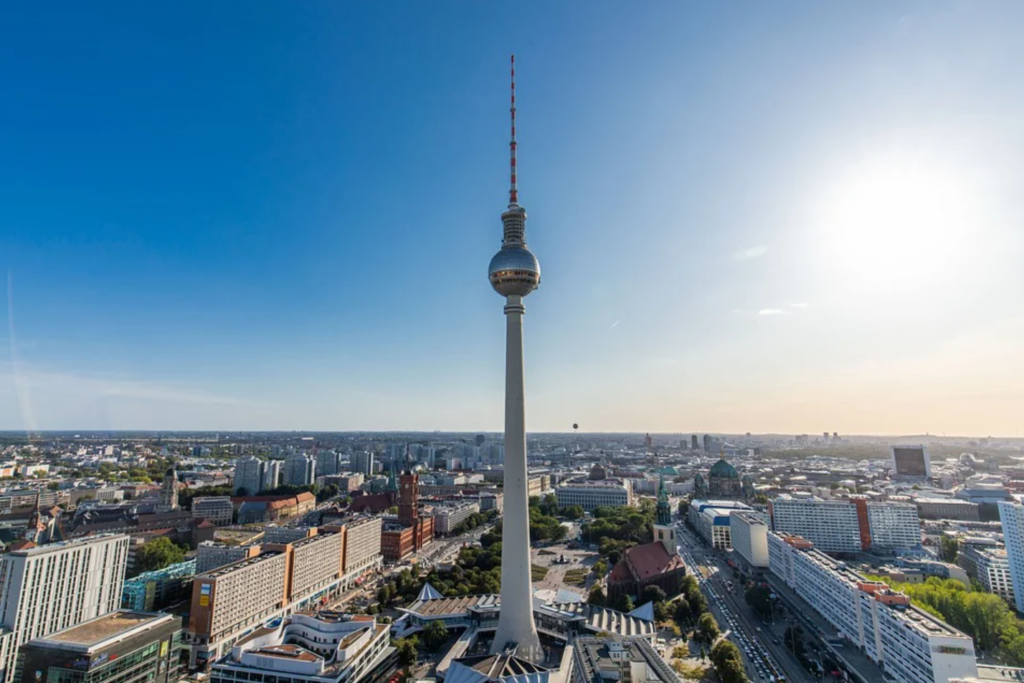
The Berliner Fernsehturm (Berlin TV Tower) is the most prominent landmark and the tallest building in Germany. Its steel sphere contains a visitor platform and a revolving restaurant which will give you a 360-degree view of Berlin.
5. Berlin Wall

Berlin is full of reminders of the crimes of Nazi from brass-plated stones in the sidewalks marking the last residence of victims on the Nazi regime to monuments such as the Berlin Wall which— a guarded concrete barrier that physically and ideologically divided Berlin from 1961 to 1989.
Remnants of the Berlin Wall that separated East Berlin from West Berlin still exist around the city. To this day, the Berlin Wall remains one of the most powerful and enduring symbols of the Cold War.